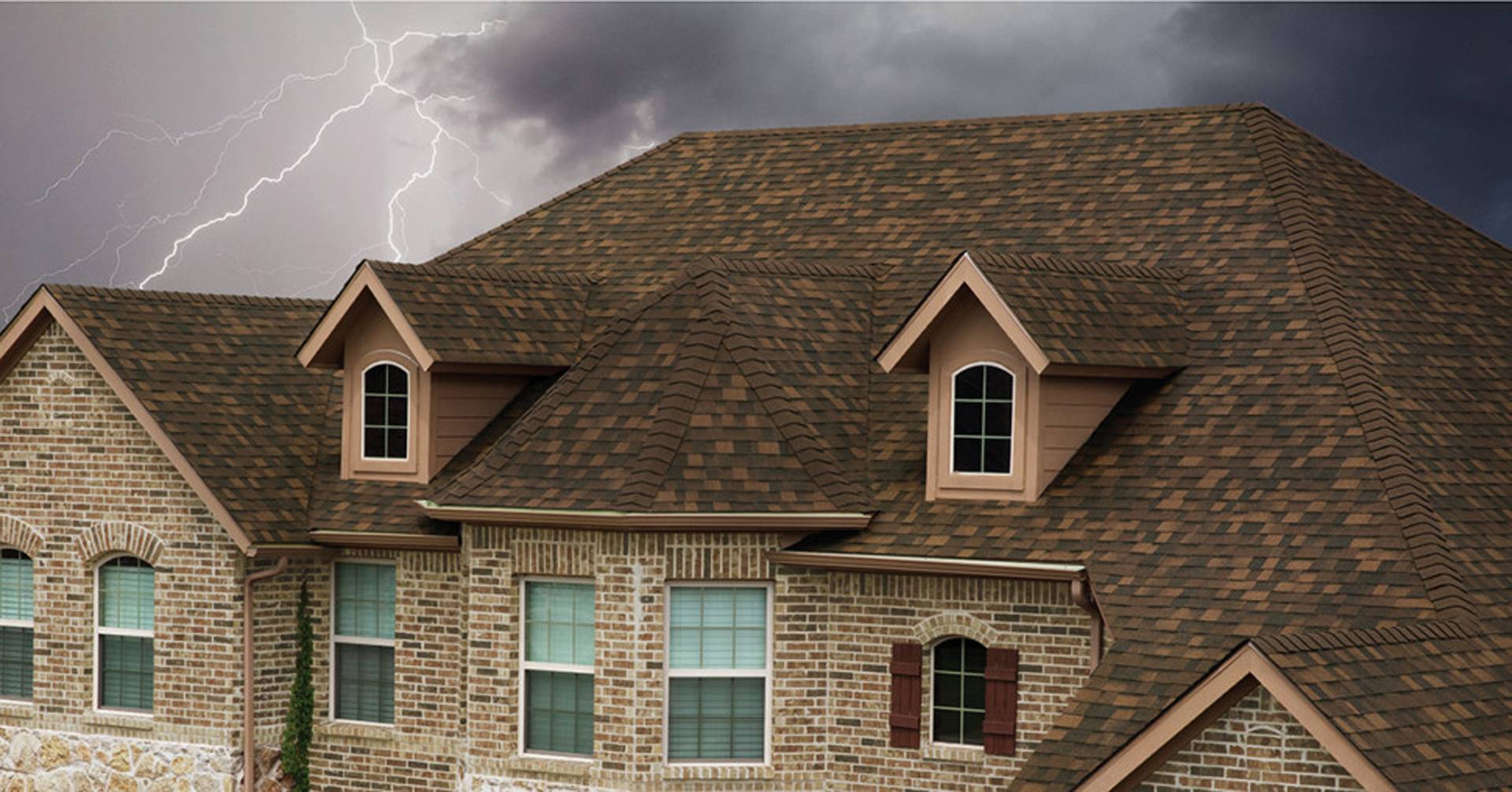Back in the mid-1990s, after a series of catastrophic hail storms across the U.S., the roofing industry developed a test to evaluate their products’ resistance to impact. This standardized test is known as the Underwriters Laboratory 2218 (UL 2218), and is also nicknamed “the steel ball test.” Based on the results of this test, UL assigns one of four ratings to a shingle, with Class 4 being the highest possible rating.
During this testing method, a steel ball is dropped from a specified height onto an installed roofing shingle several times. The shingle is then turned over and inspected for any breaks or cracks that could potentially allow water to leak through.
To receive a Class 4 rating, a roofing shingle must withstand having a 2-inch steel ball dropped multiple times from a height of 20 feet. For more perspective, if this same test is repeated on a 4-inch concrete paver, the force of the steel ball would crack the paver in half.
While Class 4 is the highest rating for impact resistance, there are also lower ratings a shingle can receive, such as Class 3 and Class 2. The difference between the ratings is that Class 3 shingles withstand a smaller steel ball dropped from a lower height, and likewise for Class 2.

